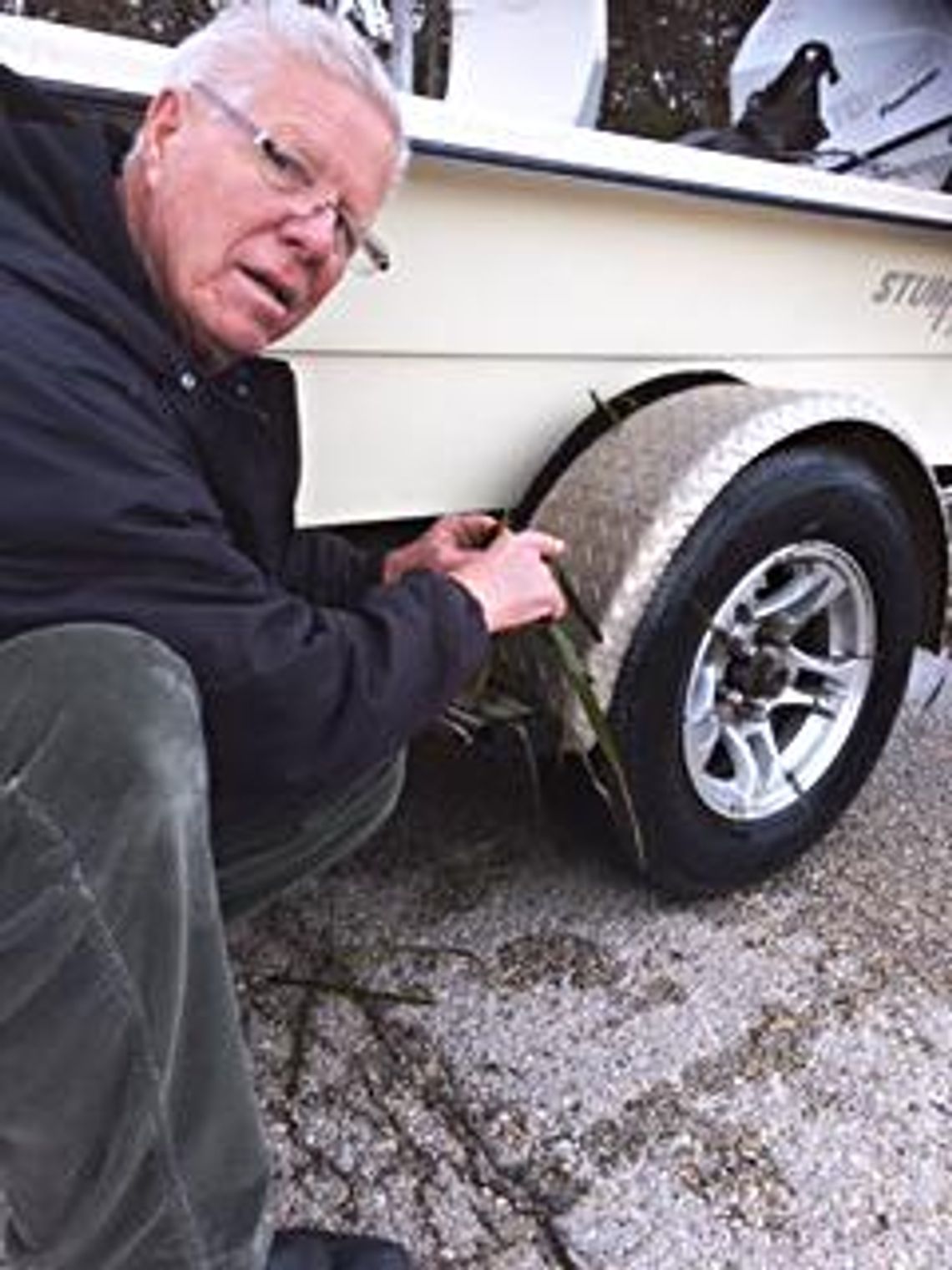I love southern Louisiana. It’s Cajun country. I love the Cajun people. I grew up with many friends with names like Hebert, Comeaux, Bergeron, Theriot, Thibodeaux, and Fontenot in Port Arthur. Port Arthur is full of Cajuns whose grandfathers migrated from southern Louisiana to work in the huge oil refineries that dominated the economy of Port Arthur, Beaumont, Nederland and Port Neches.
Cajuns are fun-loving people. They love their music, their dancing, their spicy foods and how they cook. A Cajun friend once told me that Cajuns never worry about losing their job. “We can always get a job cooking,” he laughed.
A few weeks ago, I spoke at an outdoor wild game cookout in Lafayette, Louisiana. Nearly 1,000 Cajun duck hunters and fishermen attended the event. About 35 Cajun cooks were serving their special dishes – shrimp gumbo, fried alligator balls, alligator tacos, roast duck and goose, venison stew to name a few. It was impossible to sample all.
The next morning Cajun pastor, Todd Menard, and I pulled his boat to the Rockefeller National Wildlife Refuge near Cameron, Louisiana.
The Rockefeller Refuge is a 73,000-acre wildlife refuge consisting of miles of canals, levees, lakes, pristine marshes and weirs. Weirs are small dams that control the water levels in the marsh. Water gushing through the weir is a magnet for shrimp, crabs, and fish.
First order of the day was to try for shrimp with the cast net. At times, Todd had made big catches of shrimp at the weirs. On the occasions that I have been with him, we usually catch only two or three shrimp each cast. This trip was no different. Only a few shrimp to bait my hook. I was fishing one of Todd’s live shrimp under a poppin’ cork. It didn’t work. At least 4 alligators would attack my cork as soon as it hit the water. So I switched to a lead head jig bait with a Gulp shrimp. No fish until the lure stopped. I set the hook and rolled an alligator to the surface. I had hooked him in the front left arm. Getting my hook out of that 4-foot alligator was not fun but I finally wrestled my lure out of his tough hide.
With only a few shrimp in the bucket, it was time to move. We motored to another canal where a small break in the levee allowed water to move in and out with the tide. I cast my artificial Gulp shrimp across the current coming out of the lake through the levee. The bait stopped and I was hooked into a good redfish. Louisiana minimum keeper limit on redfish is 16 inches. But this was a Texas-sized fish. After a good contest, Todd netted a 23-inch red. A few cast later I repeated the exact scenario. Todd was fishing a live shrimp under a poppin’ cork but no takers. Then it was over. No more strikes.
We made a long run down the canal to another weir. Two fishermen were on the weir. One was crabbing and the other was throwing a cast net for shrimp. Crabbing is a fun sport and very simple. Just tie a chicken neck or a piece of fish onto a string and throw it into the canal near the weir. Watch the string. When you see the line straighten or feel pressure, pull it in slowly toward the bank. At the right moment slip a long-handle net under the crab who is holding on to the bait.
The lady who was throwing the cast net at the weir quickly moved to the side of the weir when we arrived. She was obviously covering her spot.
“Catching any shrimp?” asked Todd.
“A few,” she replied.
They soon left in their boat. We suspected they had a limit (25 pounds or a five-gallon bucket full) of shrimp.
Todd began to throw the net and we quickly discovered why she was protecting that spot. Cast after cast produced 15 to 20 large shrimp. Todd would dump the catch into a basket and I would cull out the little fish, female crabs, and other by-catch. I was also catching crabs on a string that I found and baited with fish. We really got busy — throwing the net, emptying the basket of trash fish, catching crabs, making an occasional cast with my rod and reel. At times I felt like a one-armed paper hanger.
We had no 5 gallon bucket to measure our shrimp so I was taking them to the boat and emptying the basket into the ice box.
“How many do we have?” Todd asked.
“I don’t know. I think we need a few more,” I would answer.
So Todd kept on casting the net. More shrimp and crabs kept on piling up in the icebox. While all this fun was going on we kept a watch out of the corner of our eyes on an 11-foot gator that slowly swam near the weir.
Finally, we decided to stop. Maybe we had over our 25 pounds of shrimp. I’m not sure. Who knows? We didn’t have a bucket to measure.
I had heard stories from Todd about catching lots of shrimp at the weirs. This was my first time to experience it.
As we drove back across the southern Louisiana marsh country toward Lafayette we were tired but happy campers. Two big redfish, many big blue crabs and an icebox full of shrimp. A Louisiana seafood feast was soon to happen.







